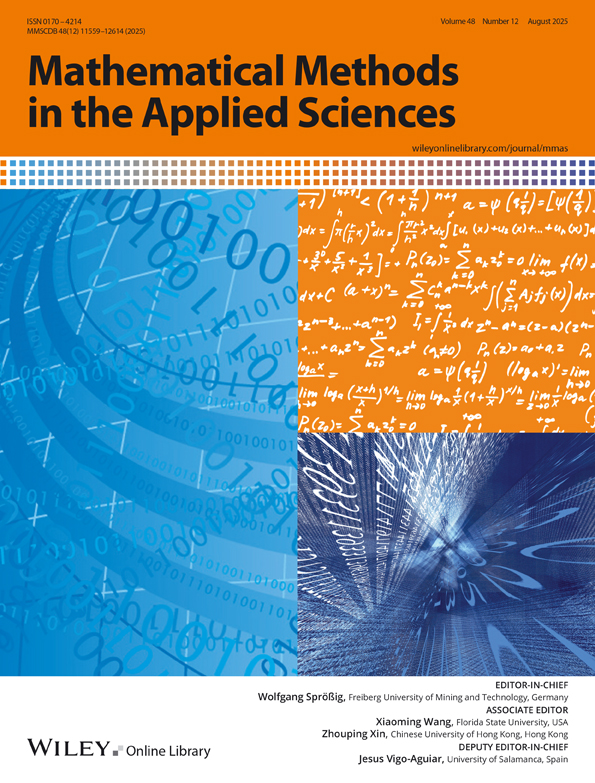Stability and Backward Bifurcation Analysis of Japanese Encephalitis Model With Vector-Free Transmission in Reservoir Population
Funding: The authors received no specific funding for this work.
ABSTRACT
In this investigation, we construct a six-dimensional epidemic nonlinear model to explore the transmission dynamics of Japanese encephalitis disease with vector-free transmission in reservoir population. Initially, we formulate a Japanese encephalitis disease model; after which, we show the basic analysis of the model, including the positivity and boundedness of the solutions. The criterion for presence of equilibria stability is specified as the threshold value basic reproduction number . Moreover, a Lyapunov function is constructed for the global stability of the virus-free state, and it is shown that this state is globally asymptotically stable under appropriate conditions. Using the center manifold theory, we proved that there is a backward bifurcation, signifying that the infection cannot be eradicated regardless of whether is less than unity. Further, when the basic production number less than unity, the framework is consistently persistent. This implies that the ratio of an infected population is bounded away from zero, and the bound does not rely upon the initial data after an adequately lengthy timespan if the basic reproduction proportion is more than one. Using Li and Muldowney's principle, the global stability of the model has been discussed. Further, the global sensitivity is carried out to research the best technique to keep the population disease free. Finally, the numerical experiments are conducted to support our theoretical results.
Conflicts of Interest
The authors declare no conflicts of interest.




